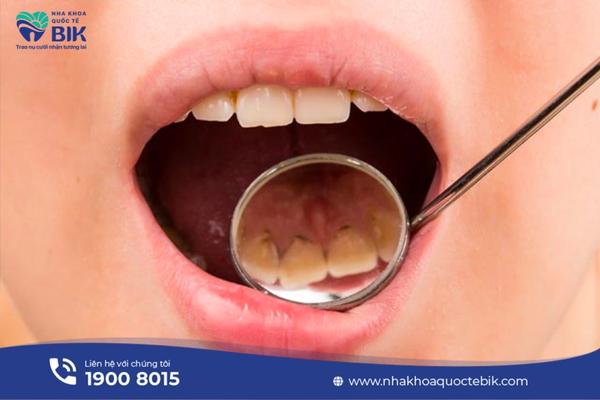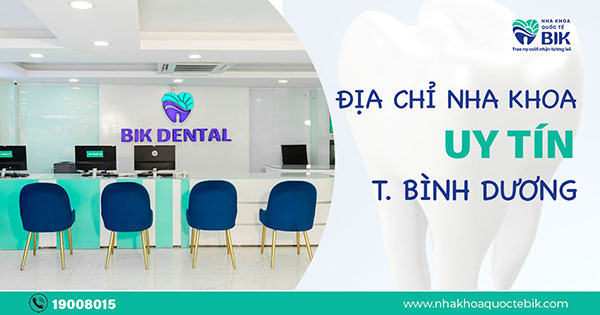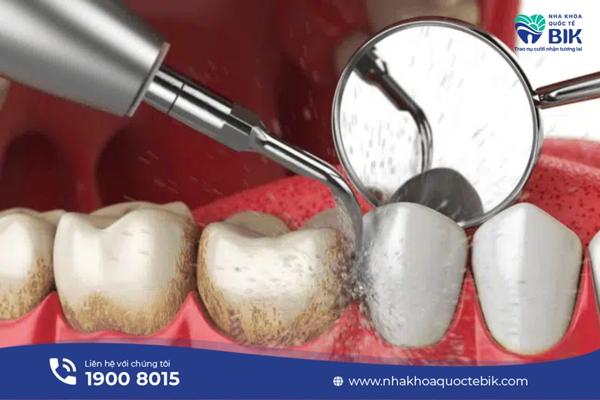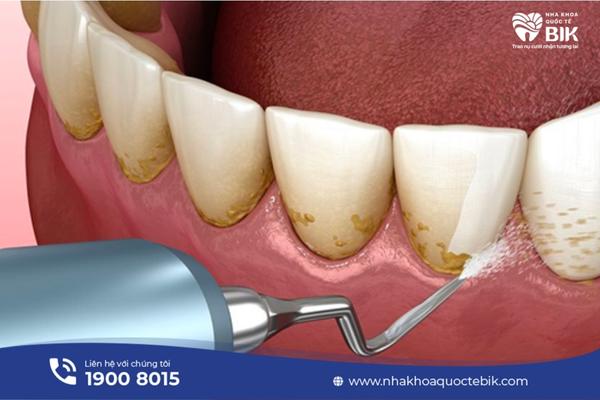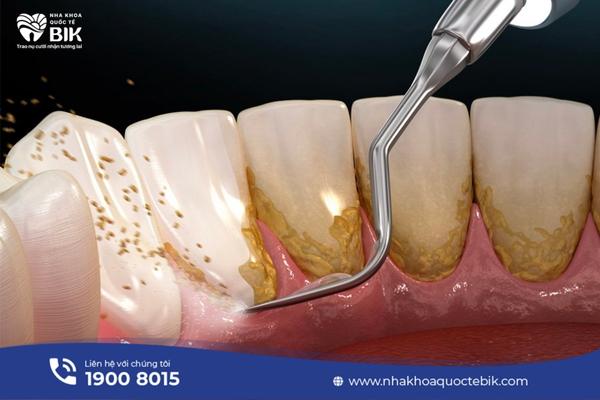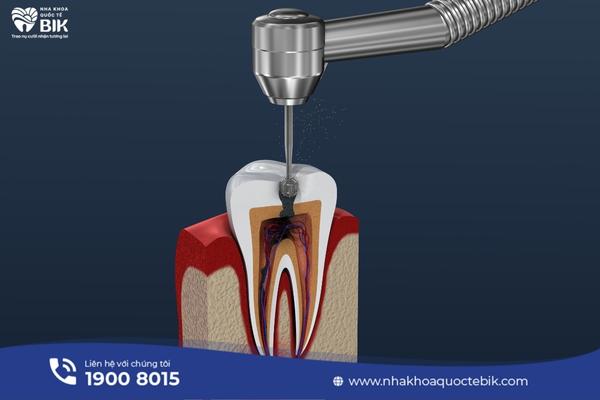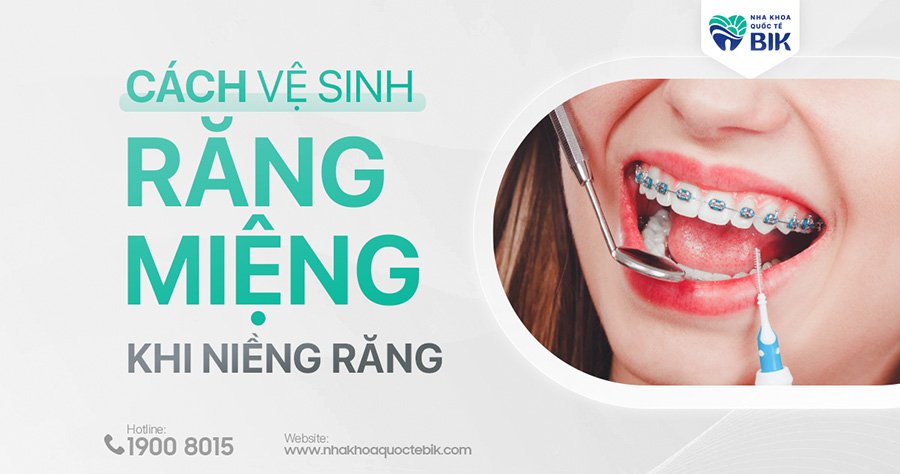
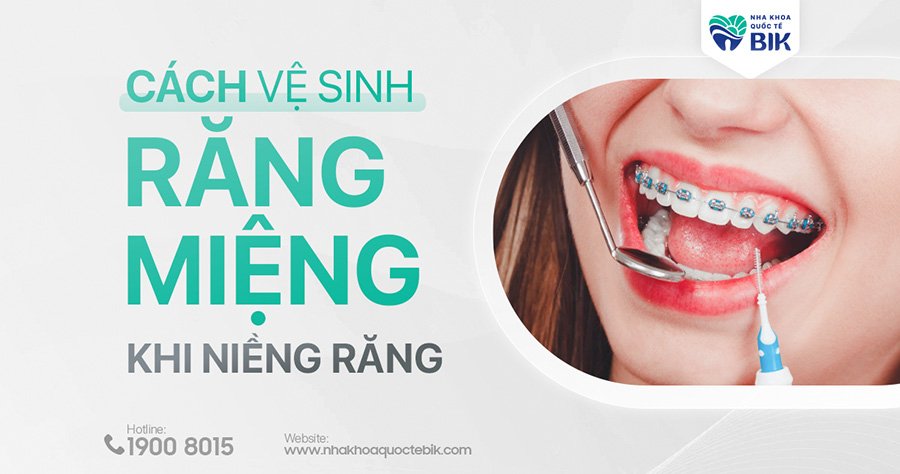
If you choose traditional braces with a system of archwires and brackets fixed on the tooth surface, how to properly clean your teeth is a matter of concern for many people. To achieve maximum cleaning efficiency, you need to combine the use of some specialized tools and clean your teeth at least 3 times a day during the braces process.
1. How to clean braces with a soft-bristled toothbrush
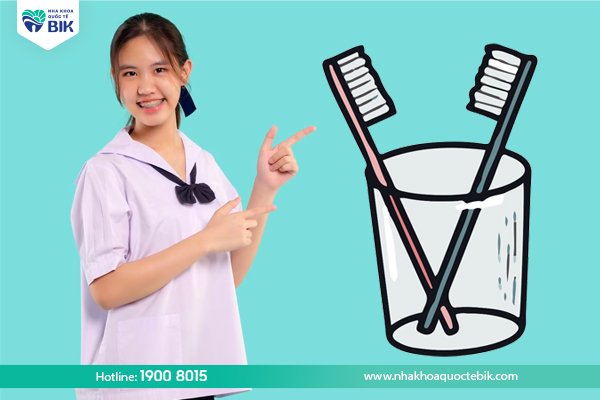
The way to clean braces with a soft-bristled toothbrush is to brush your teeth at least 3 times a day, especially after eating. If the bristles are too hard, your gums will be vulnerable and can also affect the braces. Not only that, hard-bristled brushes have a poorer cleaning ability because the bristles cannot penetrate between teeth.
Place the brush on the tooth surface at a moderate angle and gently brush vertically or in a circular motion. Thoroughly brush each side of all teeth, including the areas above, below and between each bracket.
After a period of use, the bristles will fray and will no longer be able to clean as effectively as they did at first. Therefore, you should replace your toothbrush every 3 months to ensure that your teeth are always cleaned thoroughly and effectively.
2. Cleaning braces with toothpaste containing fluoride

Combining a soft-bristled toothbrush with toothpaste containing fluoride will help keep your teeth strong throughout the time you wear braces. Because fluoride is a substance that remineralizes tooth enamel, it will heal very small cracks on the tooth surface and prevent tooth sensitivity. In addition, toothpaste containing fluoride can also effectively prevent tooth decay.
3. Cleaning braces with dental floss

Cleaning braces with dental floss instead of bamboo toothpicks is the best solution to completely remove food particles stuck between teeth without damaging the gums.
Take a piece of dental floss about 30-45cm long and roll the two ends of the floss around the two middle fingers. Stretch the floss between your thumb and index finger so that there is about 3-5cm left in the middle. Pull gently to let the floss fit between the teeth, then bend the floss around the tooth, pulling it up and down to clean the tooth. Repeat the above action at least 2 times for each tooth gap, once on the right side and once on the left side.
4. How to clean teeth with braces using a water flosser
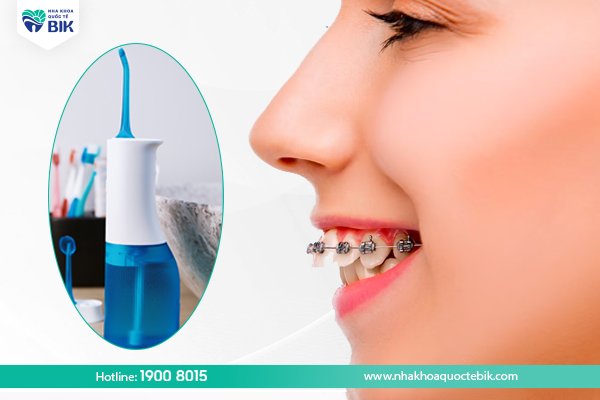
Experts have confirmed that cleaning teeth with braces using a water flosser will be 3 times more effective than regular toothbrushes and dental floss. This tool will create a high-pressure water jet, spraying into the gaps between teeth to clean food debris, while also having the ability to massage the gums to help you feel more comfortable.
5. Clean braces with mouthwash

In addition to the above tools, you can combine the use of mouthwash in the final step when cleaning braces. This will help to completely remove bacteria in all positions in the oral cavity, effectively preventing oral diseases.
6. Periodic dental scaling
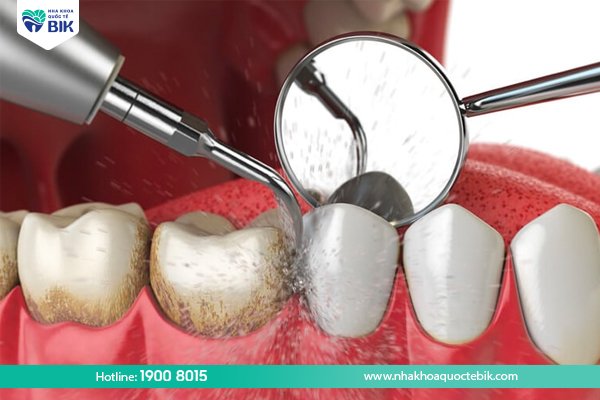
During eating and drinking, the bottom of the teeth and gums are often very susceptible to food residue, which will gradually form tartar. Dental calculus has a rather hard texture and adheres tightly to the tooth body, so a regular toothbrush cannot completely remove it. At this time, the only way to remove tartar and prevent some oral diseases such as tooth decay, bad breath, periodontitis, etc. is to have your teeth scaled at the dentist every 6 months.
7. Notes on diet when wearing braces

In addition to oral hygiene, building a reasonable diet helps you prevent the risk of braces coming loose during the orthodontic process.
7.1. Do not eat hard, chewy foods
Hard foods that require too much chewing force can cause the braces to come loose, the archwire to slip or bend. In addition, the periodontal tissue around the teeth can also be damaged if exposed to foods that are too hard.
Tough, sticky foods such as candy, sticky rice, nuts, chewing gum, etc. will stick very tightly to the braces. This not only makes you feel uncomfortable but also makes oral hygiene more difficult. Even when you clean thoroughly, plaque is still not completely removed.
7.2. Cut food into small pieces
When you first attach the braces, you should cut food into small pieces to make it easier to chew and reduce the risk of food hitting and damaging the braces. In addition, chew thoroughly and swallow slowly so that the chewing force is not concentrated too much on the teeth at once.
7.3. Drink plenty of water
Braces can make the mouth drier than usual and create conditions for bacteria to grow and develop. Therefore, always keep your mouth moist by drinking enough water regularly. Not only does it protect your oral health, drinking plenty of water is also very good for your overall health.
7.4. Eat soft foods
Soft foods will require less chewing force and will not cause strong impacts in the mouth, so they are very suitable for people with braces.
So proper oral hygiene when wearing braces is very important to help you keep your teeth strong throughout the orthodontic process as well as after removing the braces. Besides, you should also pay attention to building proper eating habits to prevent unwanted risks.


